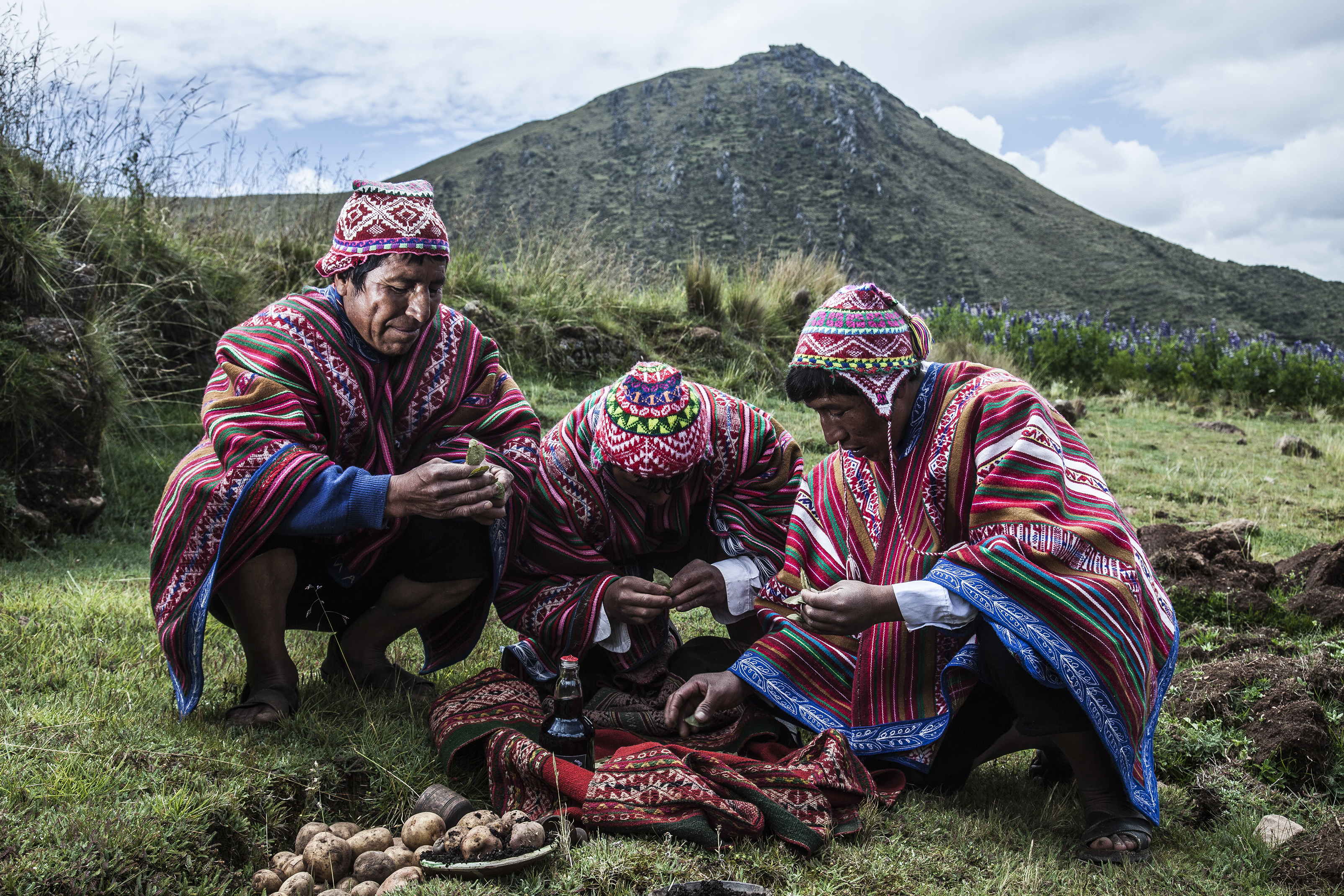Archaeological and Inca capital of Latin America, the Peruvian city of Cusco is in celebration. Holy Week is one of the dates when cultural differences are most evident in the base city for those who visit Machu Picchu, as well as in the Andean valleys that connect the two destinations, such as the Sacred Valley and the Valley of Lares. In Cusco and in small towns with Christian churches, a series of Easter processions color their stone slopes between Palm Sunday, March 25, and Resurrection Sunday, April 1.
The most relevant procession takes place in Cusco, at 3,400 meters of altitude, on Holy Monday, the 26th. It is called “El Señor de Los Temblores”, or “The God of Earthquakes”. An image of crucified black Jesus Christ weighing 660 kilos is carried by no less than 45 men through the Plaza de Armas of Cusco and the charming adjoining streets. It is estimated that 20,000 people attend the ceremony, which dates back to the year 1650. It was from a strong earthquake that year that Indians, Spaniards, slaves and mestizos united to call for the end of the earthquakes to Jesus Christ – the statue of Spanish origin would have darkened by the smoke of the candles of the processions of Cusco.
Other remarkable experiences that only exist there can be experienced by travelers who travel from Cusco to Machu Picchu through the fantastic Valley of Lares and Sacred Valley. In the early days of the adventure with the Mountain Lodges of Peru – which can take 5 or 7 days – a visit to the village of Viacha allows people to know dozens of different shapes and colors of potatoes and corn. The leader of the small community, Julián, presents varieties that do not exist in Brazil and cooks part of them in the pachamanca style, roasted under the earth as the Incas did.
Julián shows the corn used to make chicha, a fermented drink very popular among Peruvians. In the video “The Importance of Chicha” that Mountain Lodges has just produced for the Stories From Within series of its YouTube channel, chicha cook Luz Maria Bermúdez says the drink can take 10 days to prepare. On the façades of the houses with chicha ready, one usually hangs a flag to warn the connoisseurs of the drink. “The natives believe that chicha represents the blood of Mother Earth, Pachamama,” says musician Ramiro Vargas Huaman, explaining that chicha is used in the spiritual rituals of the descendants of the Incas. The same happens with the coca leaves, considered sacred in the Andes.
Who travels to the heights of Peru usually has access also to chicha morada – version made with purple corn and whose flavor resembles that of a soda. On walks along trails with practically no other tourists, travelers from Rota de Lares still learn to chew coca leaves to combat altitude sickness. At the end of each day of sightseeing, travelers stay in comfortable mountain lodges with private open air hot tubs and chicha dinners and flavors of Peruvian cuisine.
In addition to the lodges of the Lares Route, the Mountain Lodges of Peru operates two hotels in Cusco: El Mercado and El Retablo. In the latter, the decoration is all inspired by the so-called altarpieces of Ayacucho. Soon at the reception are dozens of them: retablos are wooden boxes shaped like cottages with two doors that open. Within them are scenes of Andean life and also religious. Not surprisingly Ayacucho is another Peruvian city with an Easter as vibrant as that of Cusco, which lasts 10 days and mixes impressive aesthetic elements of the Christian and Andean cultures.
Photo: Press release

